Bogd Khan Mountain reforestation project
Bogd Khan Mountain
In 1783 the local Mongolian government of the Qing Dynasty declared the Bogd Khan a protected site, for its beauty. This makes it the second oldest legally protected natural area in the world.
The Bogd Khan Mountain was added to the “UNESCO World Heritage Tentative List” on August 6, 1996 in the Cultural category.
The mountain is strictly protected. In its forests there are all sorts of animals but hunting them is prohibited.
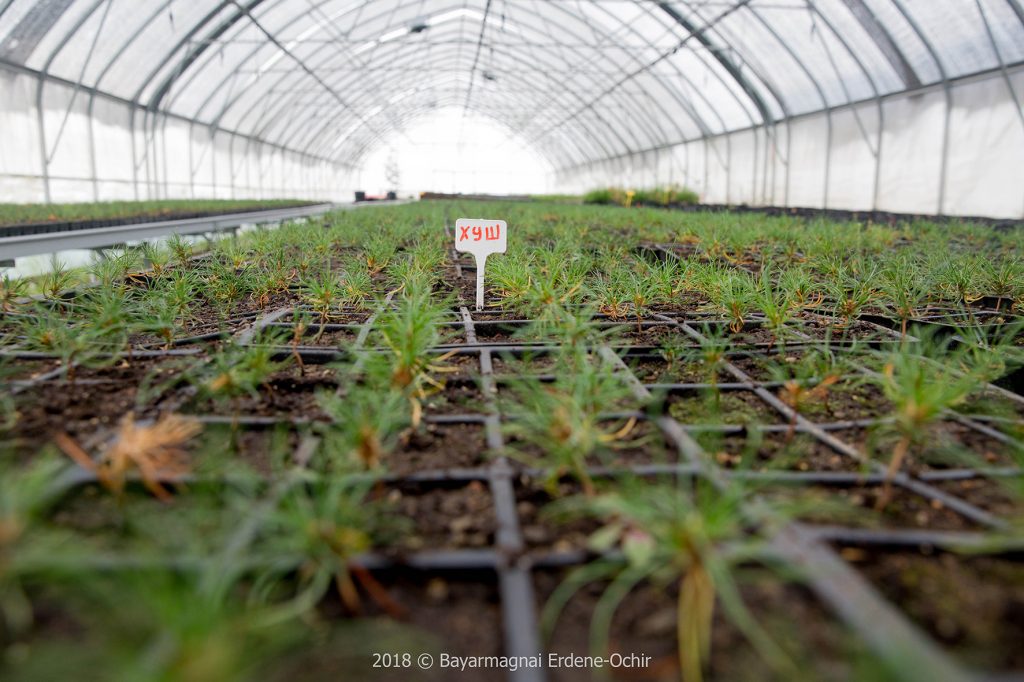

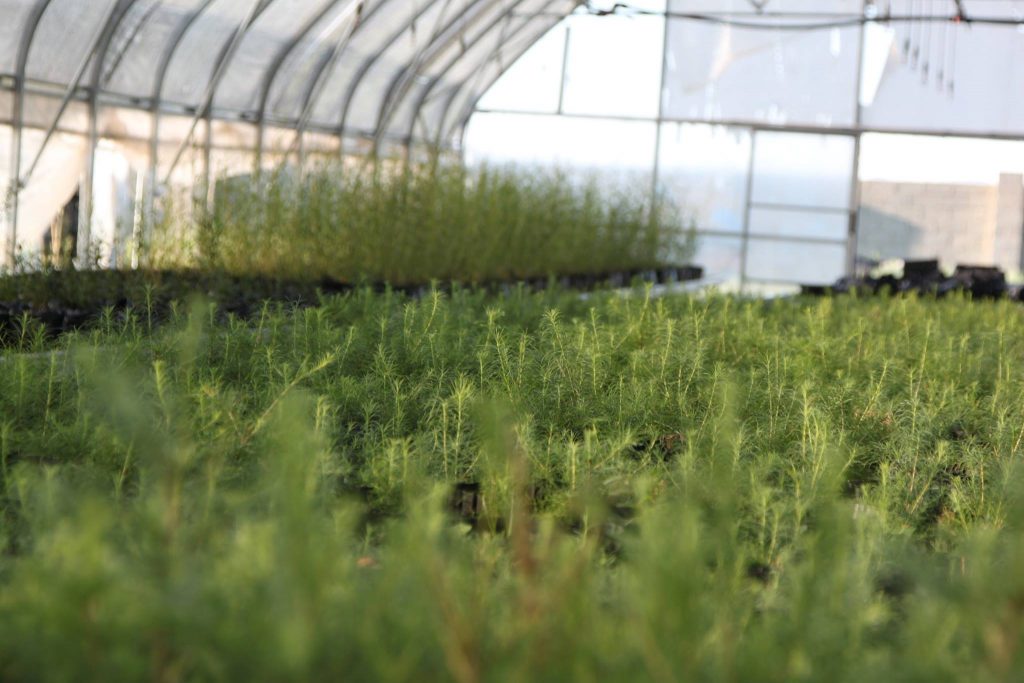

Bogd-Khan Mountain is a hydrologically important member of the Arctic Ocean Basin’s Tuul River Basin, with an estimated annual rainfall of more than 100 m.
The river originates from about 20 streams around the mountain to reach the Tuul River, and the rest streams to mountain slopes and depressions sink into the fluffy sediments
The total area of Bogd-Khan Mountain Strictly Protected Area is 41,651 hectares, of which 53.1% or 22,129 hectares are forest reserves.
Total 98.8 or 18153 hectares of natural forest,
-0.1% or 14 hectares of cultivated forest,
-1.1% or 201 hectares of shrubbery,
-37.6% or 1071 hectares of scattered trees,
-4.7% or 136 hectares of trees were harvested,
-2.1% or 61 hectares of afforested land,
-3.2% or 93 hectares of afforested land,
44% or 1257 hectares of forested areas were destroyed by forest pests
Larch forest rehabilitation
Total of 3 million PPRS technology seedlings are planning to be planted in Bogd-Khan Mountain afforestation.


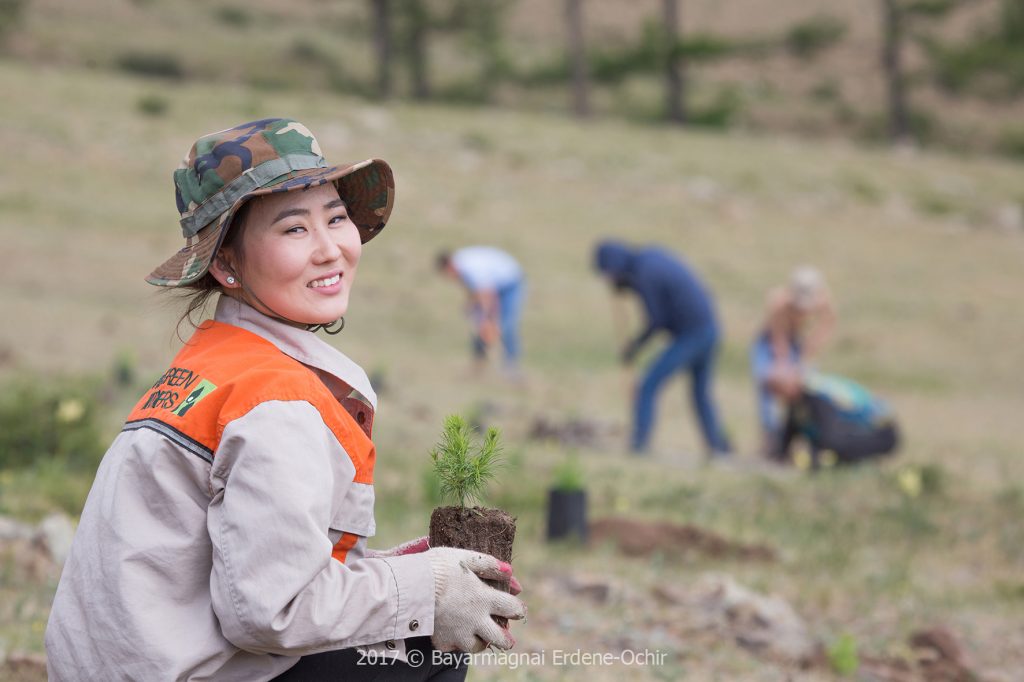
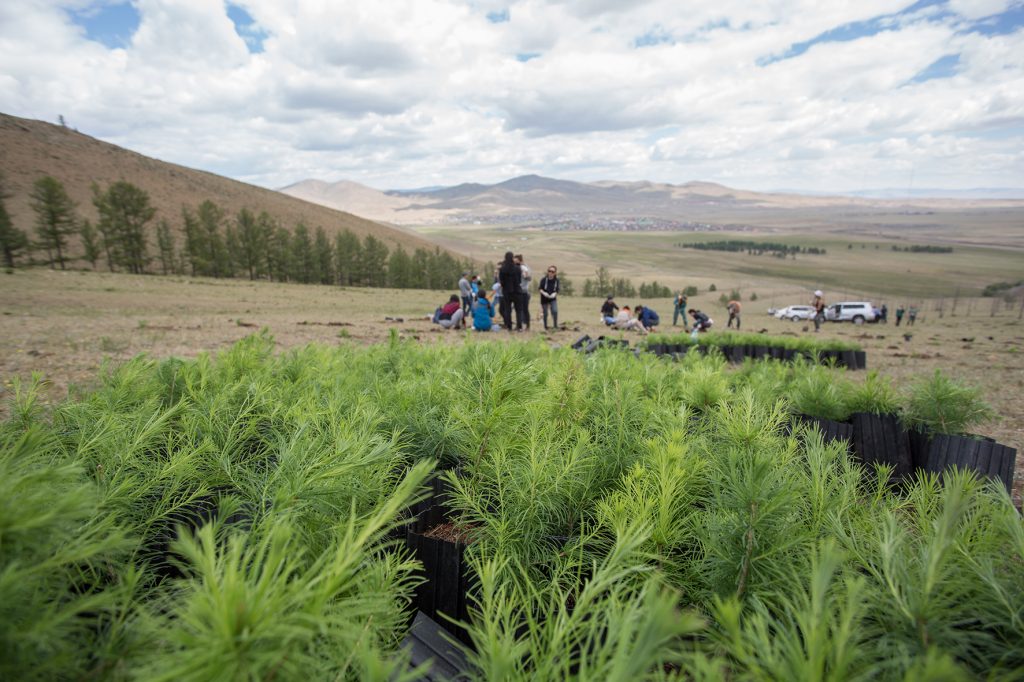
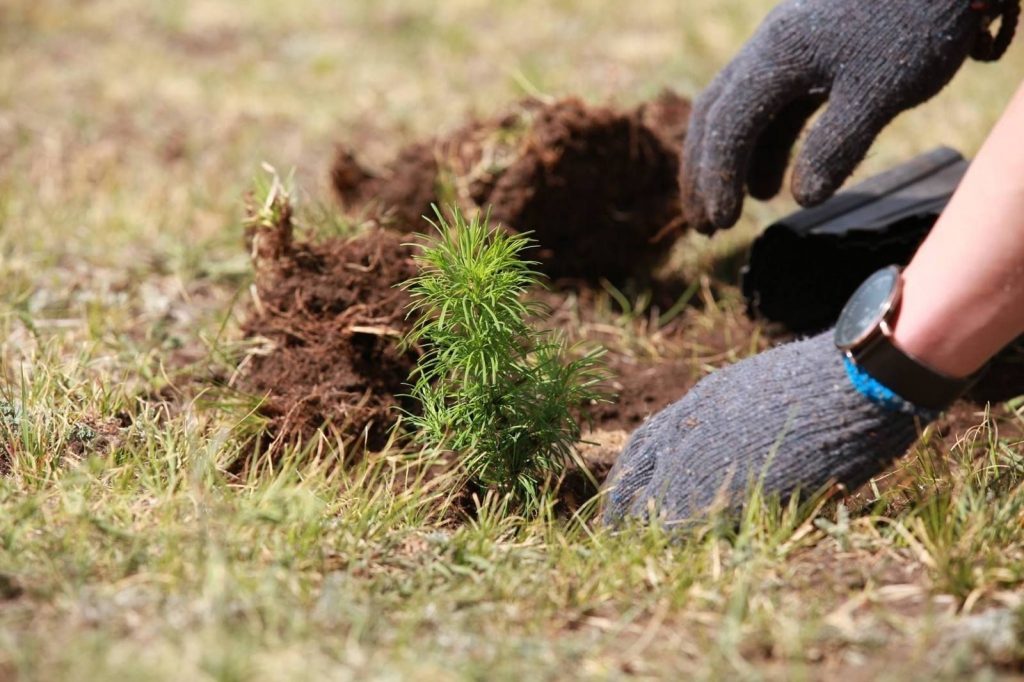
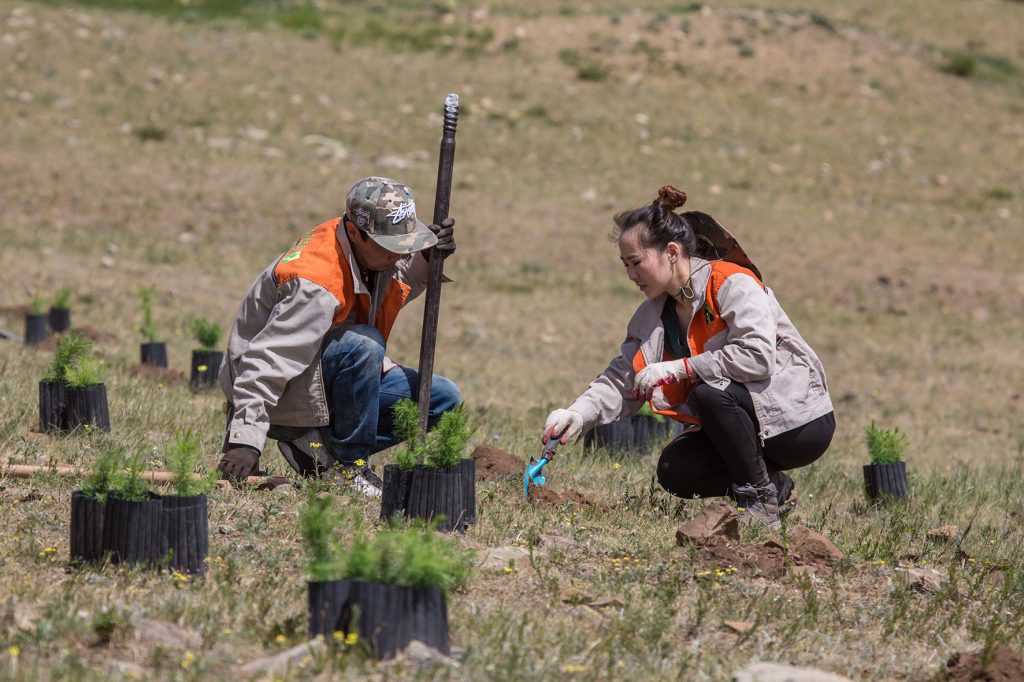
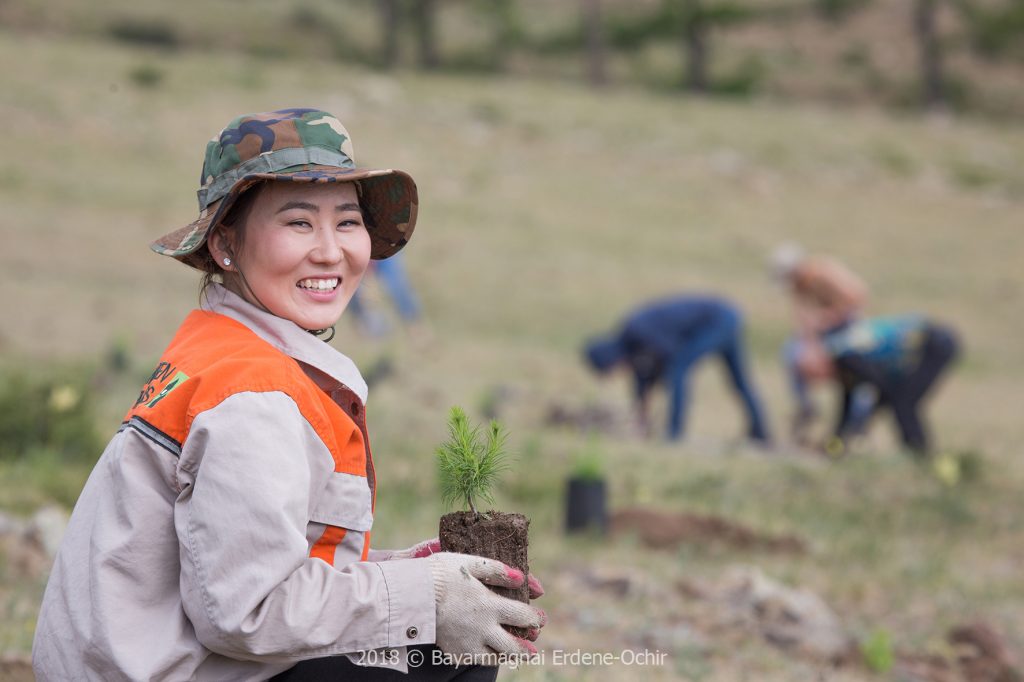
Siberian Pine
Siberian pine (Pinus Sibirica), is a popular ornamental tree in parks and large gardens where the climate is cold.
Create the most suitable soil for the biological characteristics of the plant and sow the seeds
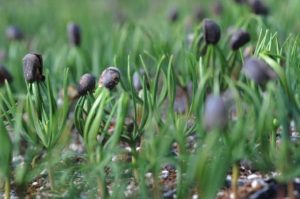

Siberian Pine, Introduction
The Siberian pine (also known as the Siberian cedar) possesses enormous hardiness and is found far to the north. The pine can also be found growing in
permafrost above the Arctic Circle.
-Cedar trees help to purify the air and lend it healing properties.
-Pine needles contain essential oils that have a bactericidal effect, making the air in pine forests almost germ-free.
-Pine forests have antimicrobial properties, making them ideal for use in:
resort areas, city gardens, and parks.
-Siberian pine is more resistant to smoke and other contaminants found in city air than other conifers.
Nonetheless, the Siberian pine’s greatest asset is its nuts. Cedar nuts contain 61 percent fat, 20 percent proteins, and 12 percent carbohydrates.
